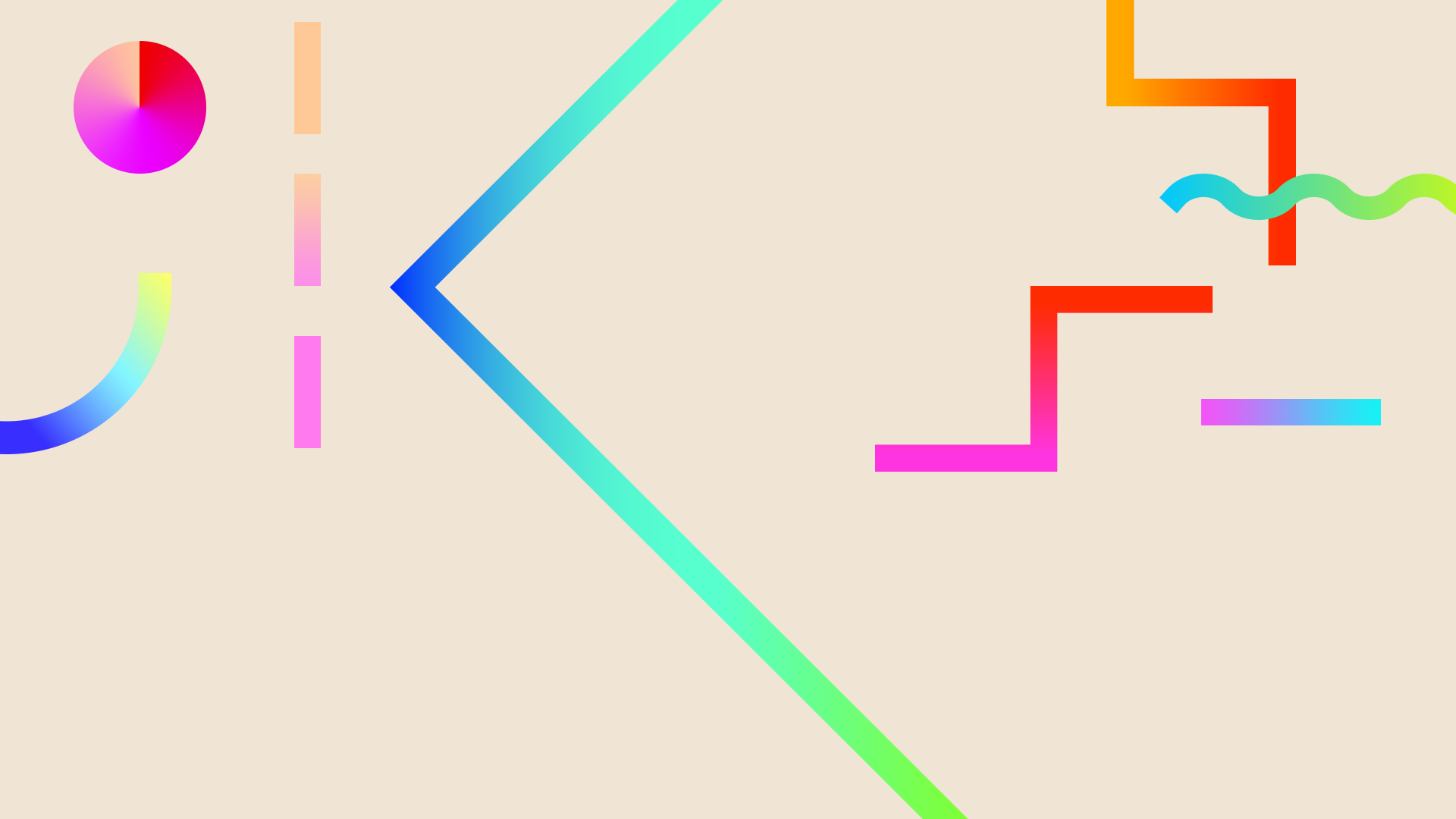
Authentic Assessments
As instructors how can we determine whether our students are learning or not? Is it possible to map progression? Have our students grasped the concepts they need to move on to the next level? Have the learning approaches been equally effective for all of them? Carefully planned and well-placed assessments throughout a course can help us to answer these questions. The answers can help us to shape content to meet the needs of our students and maximize learning outcomes.
Traditionally, there are two types of assessments, Formative and Summative. Formative assessments such as observations, feedback, discussions, exit slips, practice exams, and practice presentations, all support learning. They inform the instructor of how well the students are doing in an on-going process. Based on the results, instructors may tailor the course or adjust the lessons to better meet student needs.
Summative assessments, on the other hand, such as midterms, finals, chapter tests, research papers, portfolios, projects, and performance tasks assess what learning has been accomplished. Summative assessments assign marks and percentages and are most common at the end of the course. Summative assessments are often compared against a standard or benchmark expectation for the students.
Both formative and summative assessments are necessary to optimize and measure student learning. However, many instructors and designers are turning their focus to Authentic Assessments (AA). AA, sometimes referred to as Performance Assessments or Alternative Assessments, are task- or performance-based activities that require higher order thinking or problem-solving skills.
Authentic Assessments might include portfolios, lab experiments, simulations, performances, or the creation of animations/videos, etc. Some mix of Traditional Assessment and Authentic Assessment is ideal to ensure students have attained an appropriate level of knowledge as well as the skill to implement what they know to accomplish specific tasks.


Traditional Assessments emphasize the body of knowledge and skills that individual students have attained, whereas Authentic Assessments value how capable individuals are at performing tasks that may be expected of them in the real world. Curriculum drives traditional assessments, whereas authentic assessments drive the curriculum.

The chart below shows how traditional tests can be altered into authentic tasks and provides the criterion that determines whether the test is traditional or authentic.



Apply an Authentic Assessment
An authentic assessment for the learning scenario on Creative Writing could include peer review, self-review, and then, instructor review. Participants would be required to implement adjustments based on each review. The purpose would be to attain mastery and satisfaction with written products. A final self-reflection of how the learner evolved throughout the review process would also be required.
Since this is a creative writing venture, the teacher should set up an open class magazine/website that features all students' work. The website would be public and allow for comments from readers. Links to the magazine could be distributed through student email or student announcement flyers.
This learning scenario could be defined as project-based or experiential in the sense that the learner has to create a final product that reflects knowledge that the learner has acquired while working on product creation. Peer review and the incorporation of suggestions provides an authentic assessment in the sense that the action of reviewing and editing allows the learner to learn and apply knowledge, and the result is a highly polished product worthy of publication.
References:
Mueller, J. (2016). What is Authentic Assessment? (Authentic Assessment Toolbox). Retrieved July 17, 2018, from http://jfmueller.faculty.noctrl.edu/toolbox/whatisit.htm
P. (2002, January 20). Grant Wiggins: Defining Assessment. Retrieved July 17, 2018, from https://www.edutopia.org/grant-wiggins-assessment#graph1
Wiggins, Grant. (1998). Ensuring authentic performance. Chapter 2 in Educative Assessment: Designing Assessments to Inform and Improve Student Performance. San Francisco: Jossey-Bass, pp. 21 – 42.
Images Free Wix and Pixabay
Graphics by Maryum Mohsin